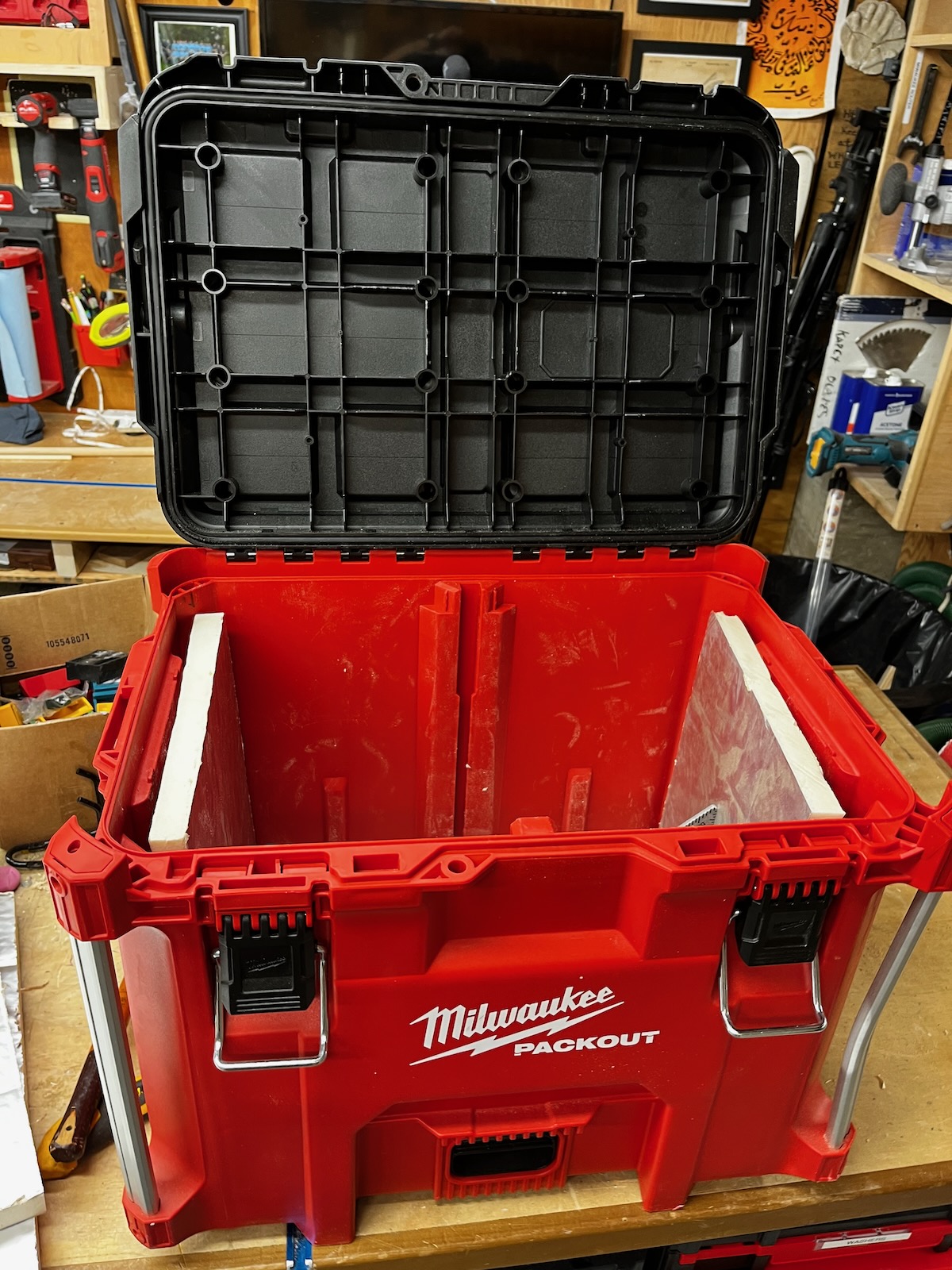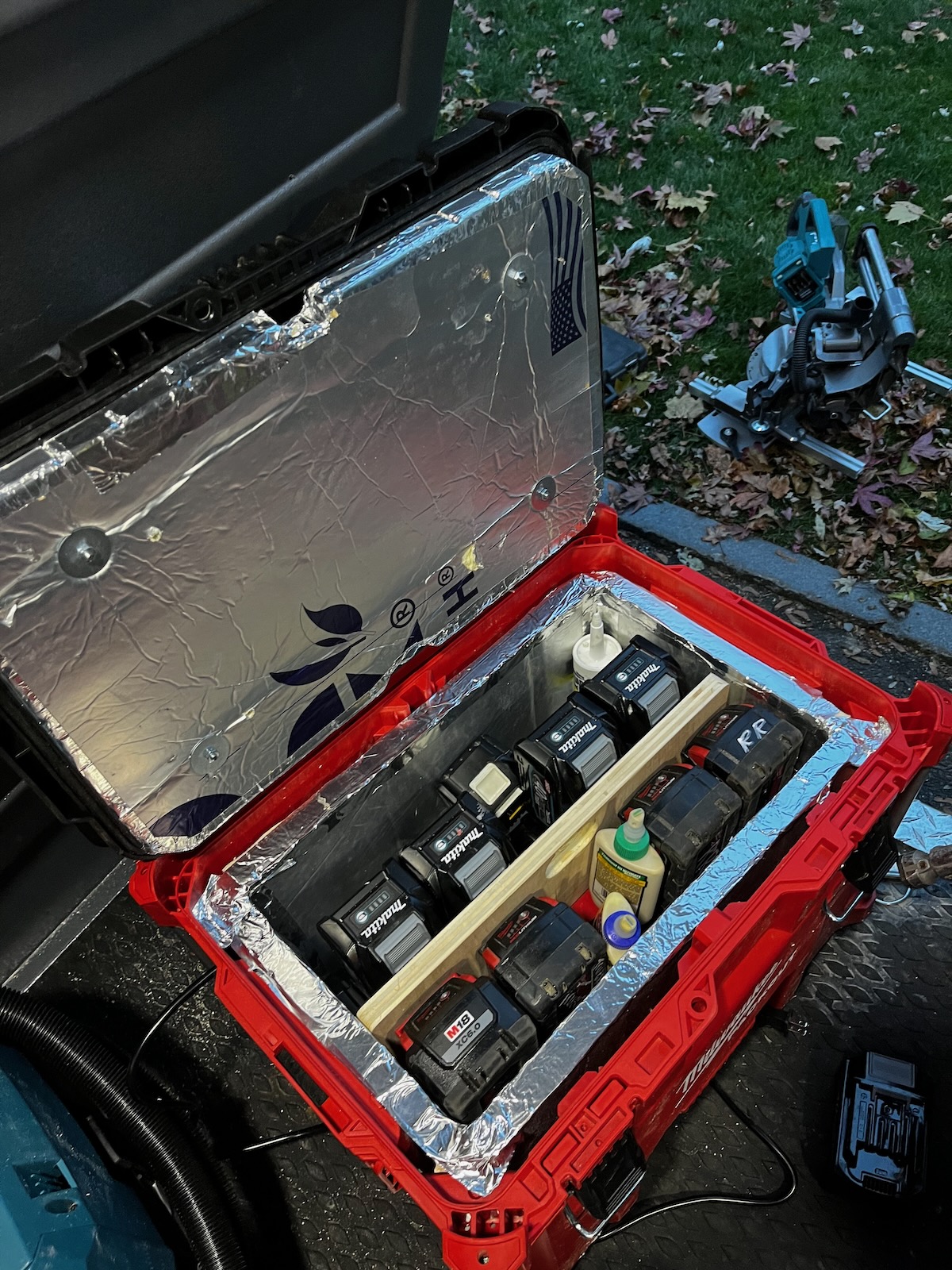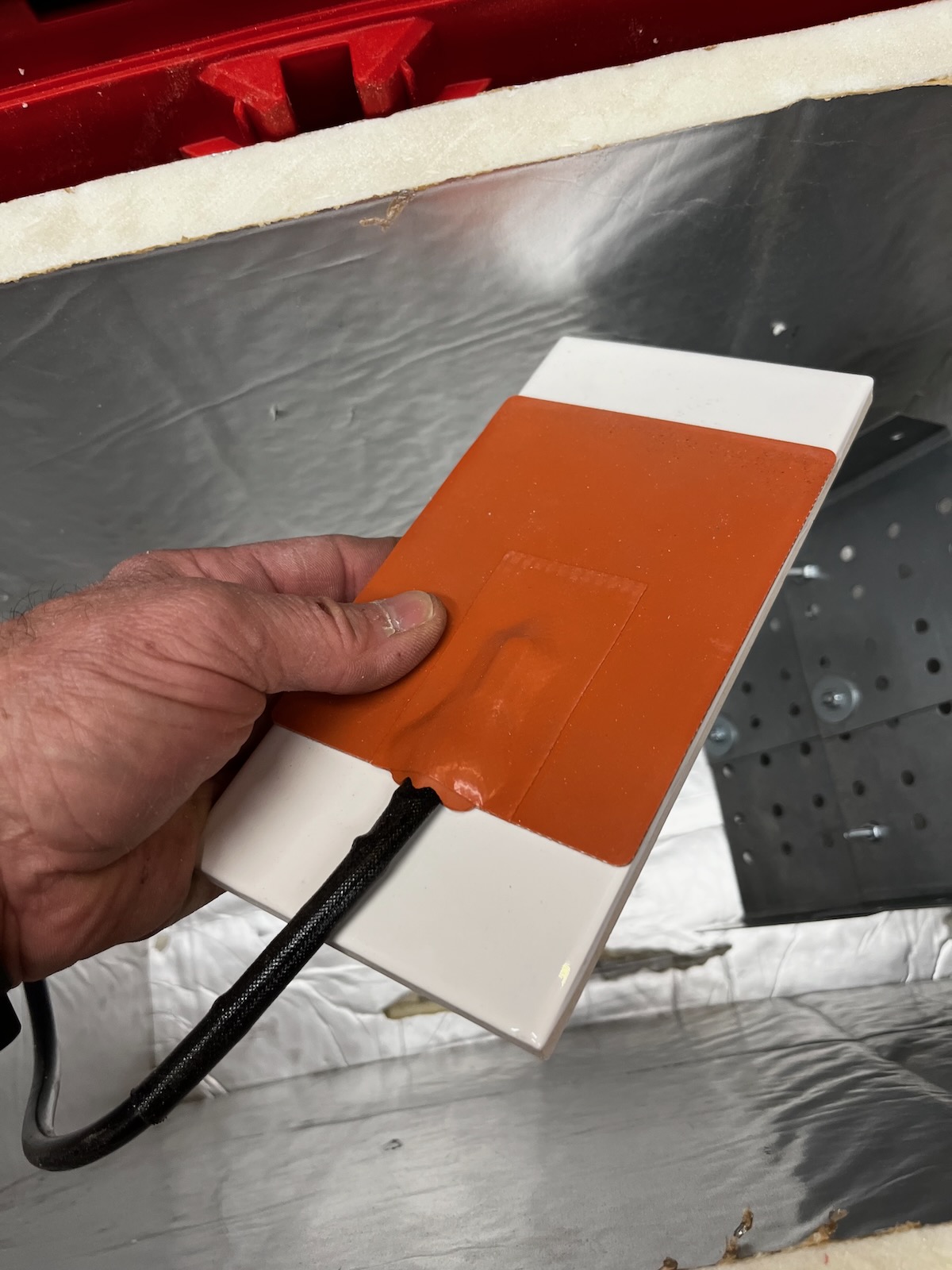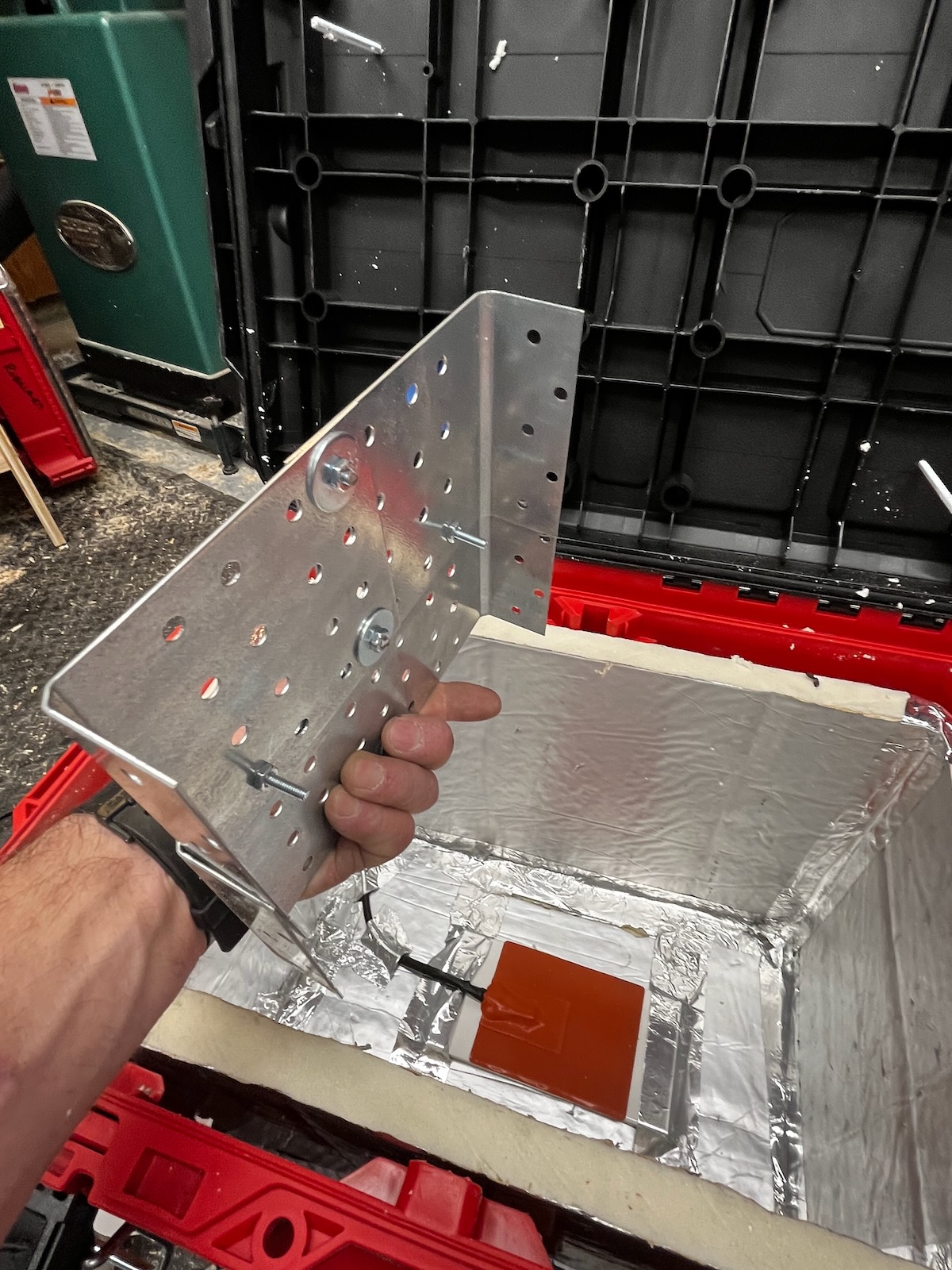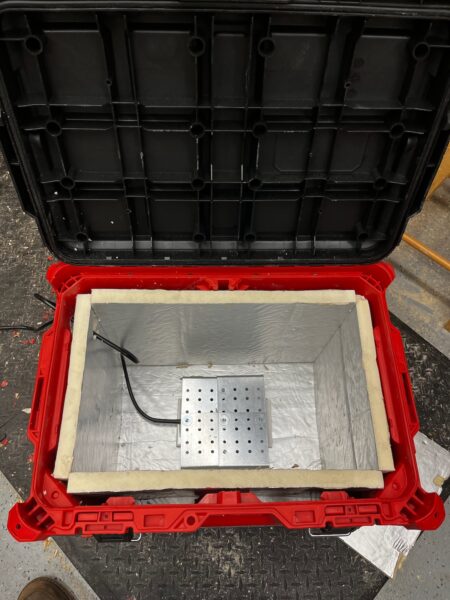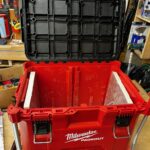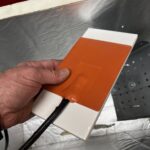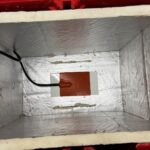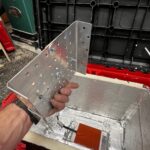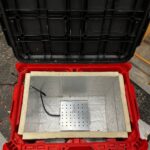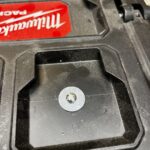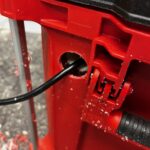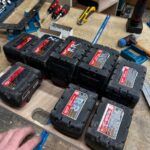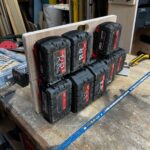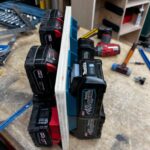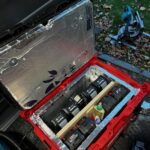Milwaukee PACKOUT Warming Box
Milwaukee PACKOUT Conversion | Adhesive and Battery Warming Box
Introducing the “Antarctica-Proof PACKOUT Warmer,” a revolutionary collaboration with Milwaukee Tool Corp. This cutting-edge warming box is specifically designed to defy freezing temperatures, ensuring optimal functionality for both batteries and cordless tools in the harshest job site conditions.
The PACKOUT Warmer maintains a consistently warm environment, safeguarding your batteries and allowing cordless tools to operate at full capacity, even in extreme cold. Say goodbye to productivity loss due to frigid temperatures – our warming box keeps your tools performing as if they were in a cozy workshop, regardless of the icy surroundings.
And before you get too excited, here’s a little reality check: While this concept might warm your heart, Milwaukee Tool Corp. did NOT actually collaborate on this project. In fact, they probably wouldn’t endorse or approve of this modification. But hey, we can dream of a tool paradise in Antarctica, right?
Why Make A Warming Box
Originating from the need to prevent the freezing of batteries, caulking, and glue during New England winters, this warming box is strategically installed in my van and regularly plugged in overnight.
This article will focus on my warming box, which features a silicone oil pan heating pad within a modified PACKOUT box wrapped with 1” rigid insulation. I chose to use my colossal track saw PACKOUT box because, let’s face it, that track saw box was WAY too big for just the track saw, so why not make it into something more functional.
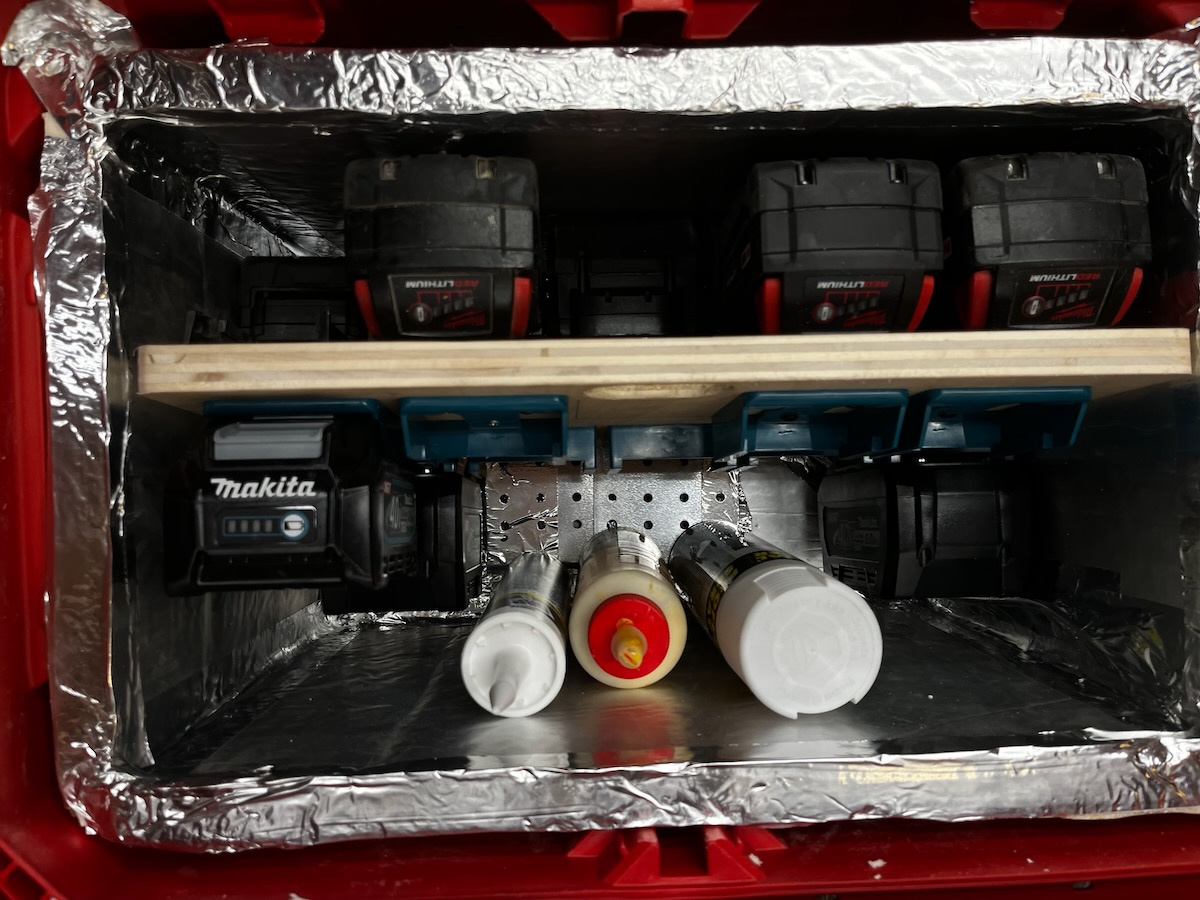
A warming box is basically an insulated box with a heat source to keep items warm. A few years back, while working on a large window job, I used a cheap Styrofoam cooler and a light bulb to keep our caulking flowing. It worked great but was not the best permanent solution.
Cold Temperatures and Batteries
A battery’s job is to store and release energy. Cold temperatures increase the internal resistance of a battery, lowering its capacity. When stored in cold temperatures, batteries can’t release as much energy or retain a charge, necessitating frequent winter charging.
Considering that lithium-ion deep cycle batteries have a lifespan limited to 3,000 to 5,000 cycles, you may want to keep your batteries warm, and protect your investment.
Optimal Battery Storage
Manufacturers recommend storing batteries in a cool, dry environment (50°F to 77°F) to prevent deep discharges and recommend avoiding charging in extremely cold conditions, as this can lead to lithium plating on the battery anode, which is detrimental to the battery’s health.
My Milwaukee lithium-ion battery packs are engineered for sub-freezing temperatures, but when the battery pack is too cold, it needs to warm up before normal use. Milwaukee recommends putting the battery on a tool and using the tool in a light application. It may “buzz” for a short time until it warms up. When the buzzing stops, use the tool normally.
Building the PACKOUT Warming Box
My warming box is powered by a 4” x 5” silicone oil pan heating pad and is seamlessly integrated into the van’s power strip, consistently plugged in nightly from 4 pm to 7 am.
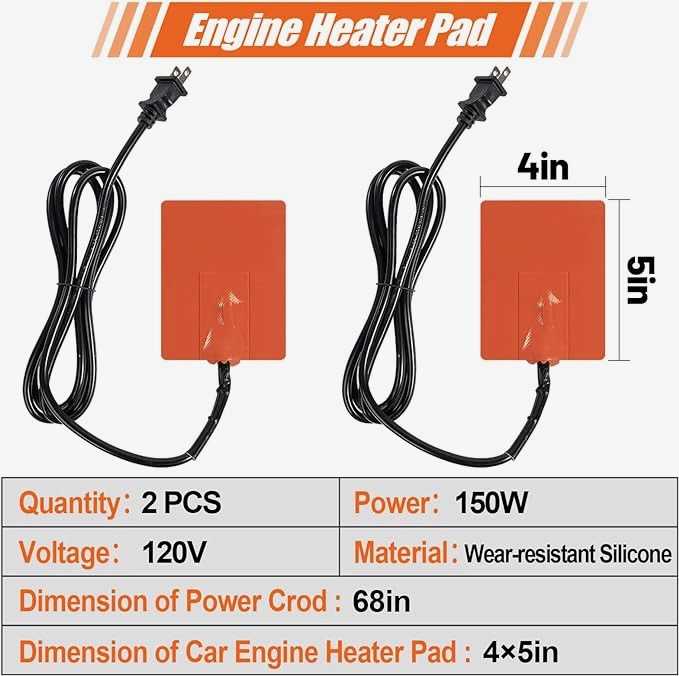
The heating pad comes with a 68” power cord length and operates at a temperature range: 140~158°F. After installing 1” ridged insulation on all sides of the PACKOUT box and the lid top, I used the self-adhering feature on the heating pad to mount it onto a ceramic tile, which was foil-taped to the bottom of the PACKOUT box. The tile was used to separate the heating pad from the insulation.
I used two L-shaped mending plates as a stand-off mechanism to create space between the heating element and box contents.
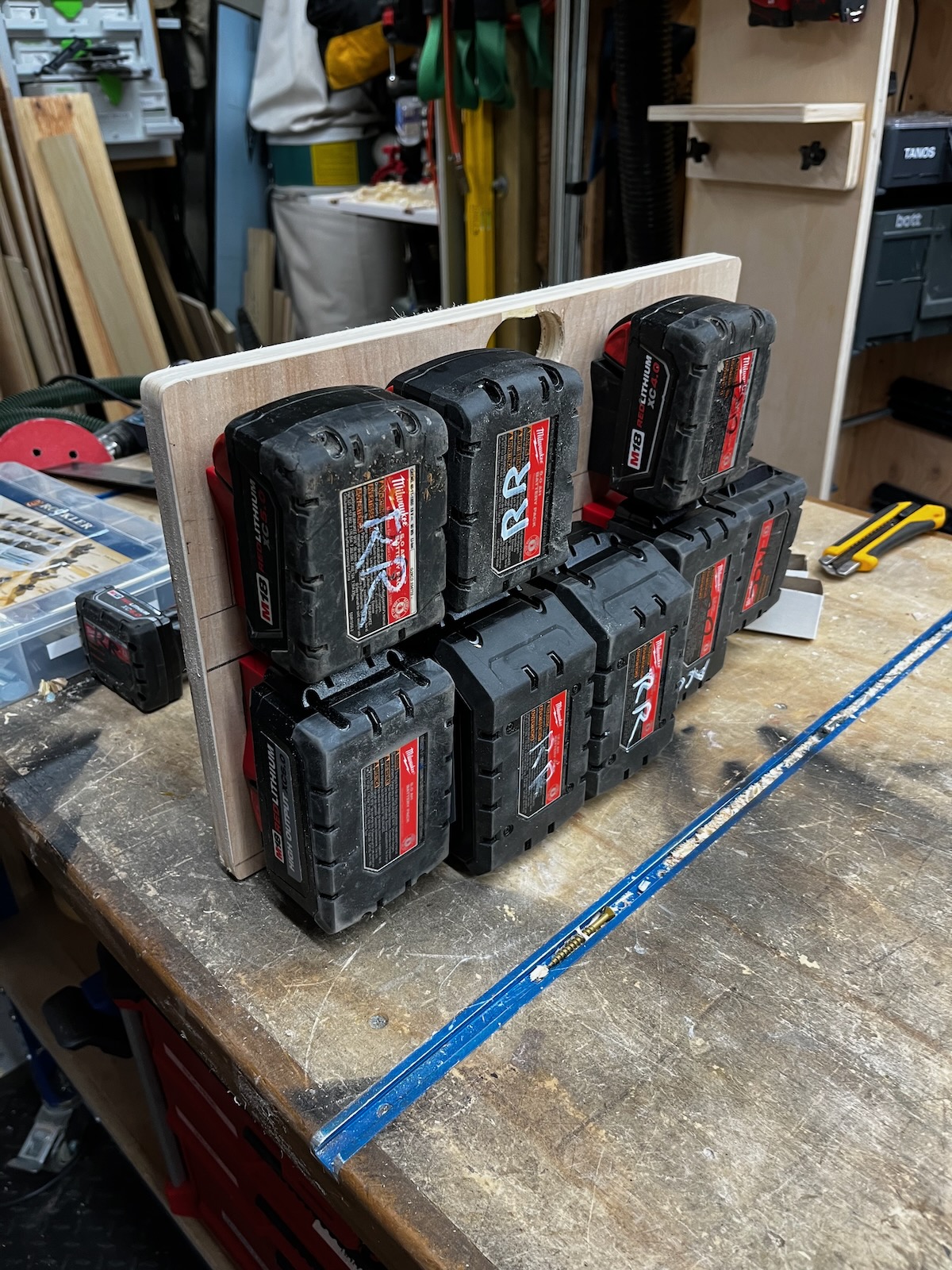
A hole was drilled in the bottom side of the box for the power cord, and I sealed the hole with foil tape. I then fabricated a vertical plywood mounting plate with Stealth mount battery clips to hold my batteries. In between the battery clips, I store glue and caulking tubes.
Testing the Box Temperatures
After deploying the Packout warming box in my van overnight I tested it with an infrared temp-gun. Outside temperature was 37 degrees and the inside of the warming box was a consistent 60. When I shot the infrared dot to the bottom of the box, I got a 71-degrees at the metal plate.
I tested the box 5 more times over the next several weeks and received consistent results. The contents of the box stayed at 60 degrees.
Final Thoughts
For years, I would bring my caulking in and out or leave it on my dashboard heater and leave the truck running. In conclusion, I needed a permanent, reliable solution for cold weather challenges. While acknowledging various job site hacks, this PACKOUT warming box provides me with a consistent, reliable approach to combat the adverse effects of freezing temperatures.
I hope this helps you out as well!
About the author
Disclosure
Product reviews on this site contain our opinion of a product or service. We will always strive for objectivity and transparency in our reviews. Our goal is to provide readers with honest, objective information based on our own experiences. We never have and never will accept payment in exchange for a positive review. Many of the products that we review are provided to us for free by a manufacturer or retailer. In some cases, we also have advertising or affiliate relationships with manufacturers and retailers of products and services we review. For additional information please visit our additional disclosure policies.











